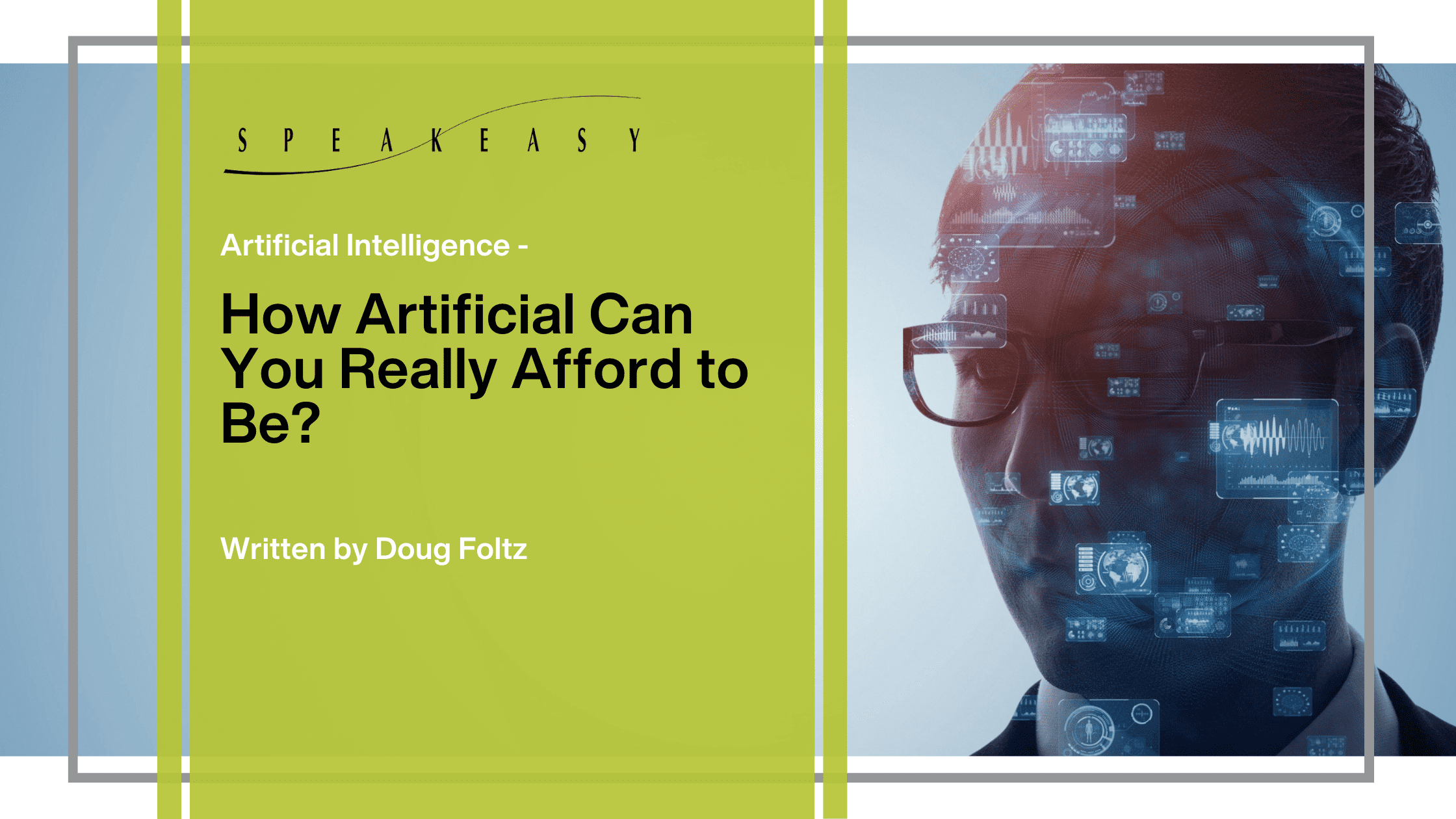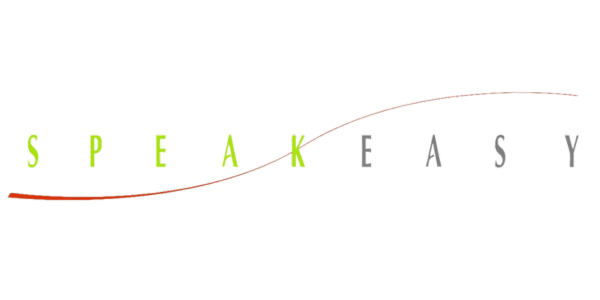
28 Jun How Artificial can you really afford to be?
Reading Time: 3 minutesThink about your last phone call or the last time you opened your email.
Chances are it was done through that small, ever-present piece of technology we all carry around in our pockets or purses. We can’t live without smartphones; their critical role in our everyday lives is well deserved.
Not too many years ago, we couldn’t have imagined it, but now, without really having to think, our hand-held devices almost magically give us access to information, allow us to conduct business, and manage our tasks. They enable us, entertain us, and put us in touch with the voices and faces of the people in our lives.
We know it’s not the hardware itself that does all this. The software drives it -the ones-and-zeros that do so much of the thinking, so we don’t have to. They open the gates, drive the sequence, and align all the bytes and megabytes to get what we want.
We know that its overuse can be harmful – increasing screen time is a real issue in many of our lives. But, if used properly, the rewards can be huge.
Today, those programs are going beyond that. They can scour the internet and almost instantly organize thoughts, words, and even images into “wholes” that – if we choose – can substitute for our thoughts and creations. They assimilate everything out there and reassemble it in a way that looks and sounds almost like something we might have said or done on our own.
Artificial intelligence has arrived.
Yes, AI has arrived. And it holds incredible value in advancing solutions to many of the world’s critical problems. But where do we decide to apply it, and to what purpose is the key to unlocking that value or unleashing its destructive power?
Recent instances of deep-fake videos and robocalls – and their sometimes nefarious use – are now well documented. Yet, on the other hand, almost all of us have enjoyed AI’s ability to create images, animation, or even a realistic and entertaining movie that allows us to experience something without investing time, money, or other resources to build the experience ourselves.
Those constructions hold value, yet we know they aren’t fully real and handle them as such. It’s when we start acting on or living our lives solely on what we see in those engagements that we’re in trouble.
Instead, we use that experience—the artificial one—to inform or influence our thinking and feelings, knowing the final decision and the final action are ours. It is. It is an expression of our thoughts and emotions, not a simple handoff of what AI has created for us.
In the end, data doesn’t communicate; people do.
Data – gathered naturally or through AI – can inform a great deal of our thinking, but synthesizing it and giving it meaning is a different story. Marrying it to emotion – real human emotion – and connecting with others through that channel is a much more complex and powerful exchange.
Artificial Intelligence is real. Artificial emotion is an oxymoron.
Truly connecting – in a uniquely human way – is based in authenticity. It’s what drives everything forward in this world. It’s the ultimate goal of all communication, and when it occurs, things change. People unite. Relationships bond. Commitment grows. And results happen – over and over again in every aspect of our lives.
Business and personal connections are always linked, inevitably leading to the other. It’s the individual behind the business success that makes it happen. They’re the ones that drive the result. They’re the ones who are willing to authentically connect with someone else, to change, to motivate, or to move.
And where do you find that authentic power to persuade? It’s not out there in the metaverse – it’s inside you.
Deep within you is a vital core—a wealth of thought, emotion, and experience that has nothing to do with assimilated data or information. It’s the center of everything that makes you unique, and tapping into that part of you is the first step to building critical connections with others.
Absolutely gather the data, find the facts, study the information, and use AI to explore, research, and experiment. However, in the end, you have to connect deeply enough with yourself so that you’re able to reach out and connect with others to build trust and lead.
That kind of self-connection—and its impact on others—will never come from a piece of hardware or the software that drives it. It takes work—hard work—but the rewards are immense on almost every level.
Imagine knowing yourself well enough and having enough confidence in your feelings and point of view that you can’t wait to share them passionately and authentically with others. And because of that strength, you’re open enough to the thoughts and ideas of others that you never stop growing and improving – both yourself and the world around you.
So, next time you make that call – or have a casual conversation, or deliver a business presentation, or a speech – use all you’ve learned through our information-based, artificially generated world and then go deeper to find what is uniquely you and work to bring that fully to everyone around you.
The power is yours, and you’ll be amazed at the results you’ll achieve.

